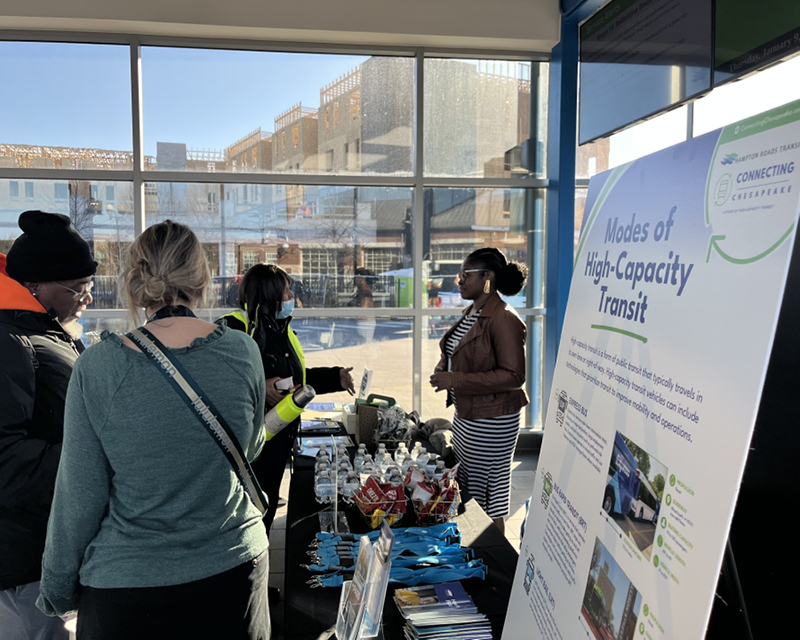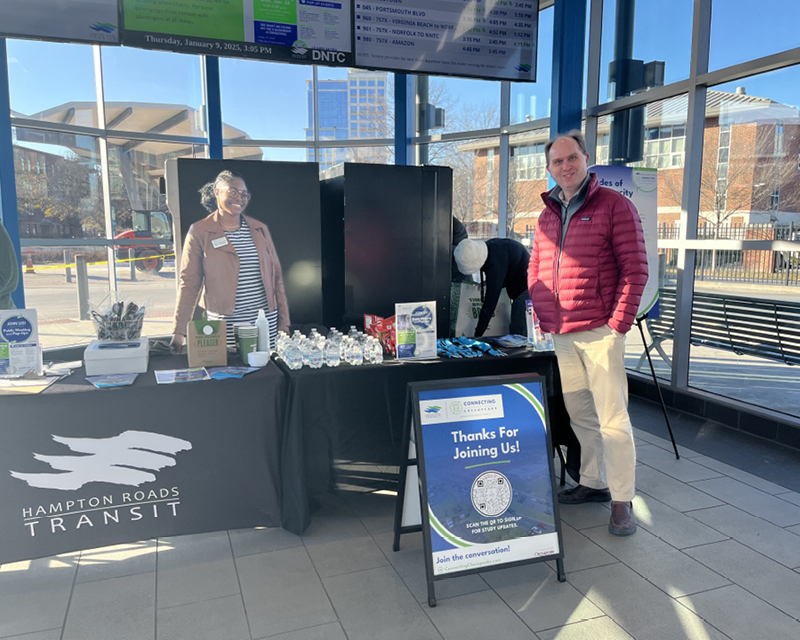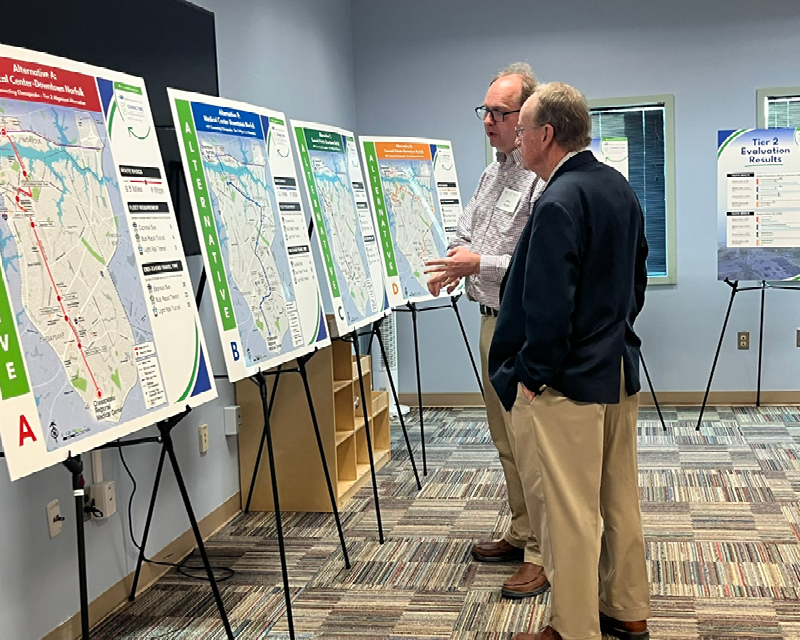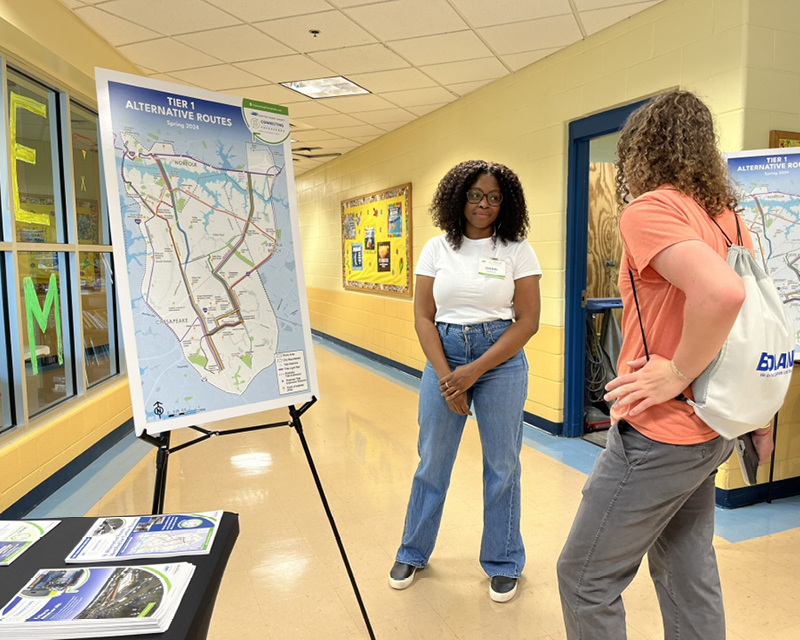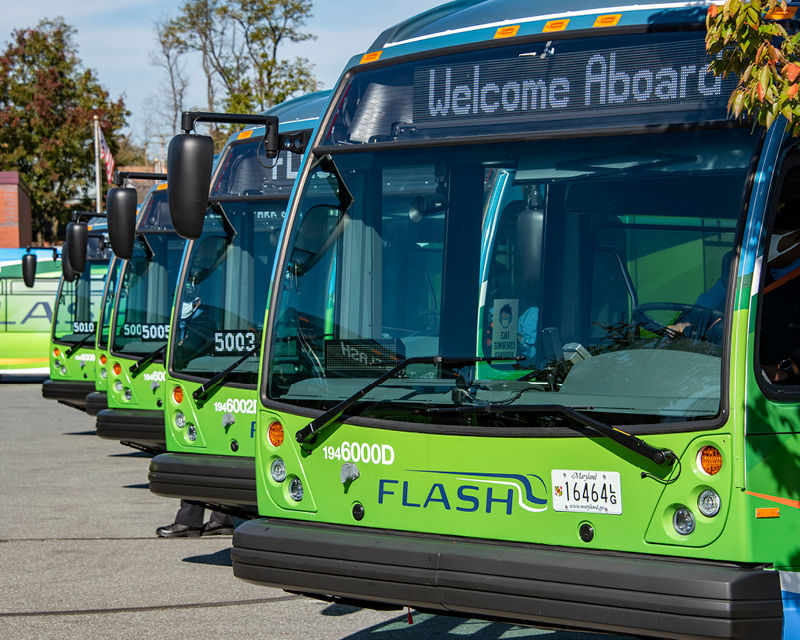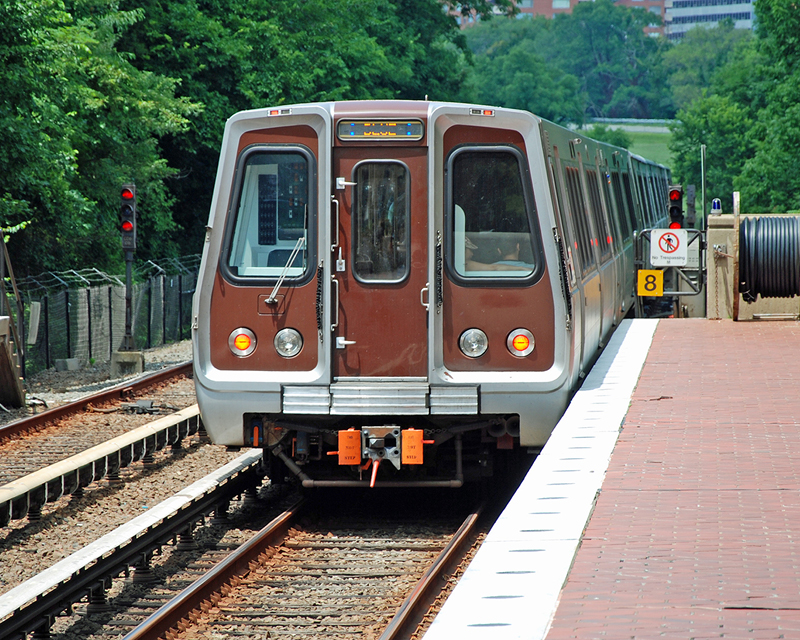As one of Virginia’s fastest-growing cities, Chesapeake has experienced rapidly evolving transportation needs. To proactively shape its mobility future, Hampton Roads Transit (HRT) and the City of Chesapeake launched the Connecting Chesapeake Study – a bold, future-focused initiative aimed at identifying a future high-capacity transit corridor capable of advancing the city’s growth and development goals, strengthening regional and local connectivity and addressing long-term mobility needs for area residents. The study reflects Chesapeake’s continued commitment to being an “economically strong, culturally diverse and environmentally responsible” city.
Led by HRT, STV applied a two-tiered screening process to evaluate high-capacity transit corridors and modes, including light rail transit (LRT), express bus and bus rapid transit (BRT). From an initial set of 16 conceptual alignment alternatives, the Tier 1 analysis narrowed the field to four options. A more detailed Tier 2 evaluation further assessed those alternatives against ridership forecasts, right-of-way needs, traffic impacts, high-level design concepts, construction costs and land use compatibility – ultimately identifying two preferred corridors for potential future investment.
The study benefited from a dynamic and inclusive community engagement strategy developed and overseen by STV’s outreach and engagement strategies team. The approach blended traditional outreach with an innovative, people-centered strategy and included informal video updates, formal public meetings, one-on-one stakeholder interviews, community pop-ups, targeted outreach to major employers and community organizations, a virtual survey, a dedicated project website and a robust social media campaign. HRT’s project manager served as the face of the project in all cases, lending a personality to the project and its goals. These efforts successfully created multiple access points for local communities to meaningfully understand and contribute to the study and shape its outcomes.
